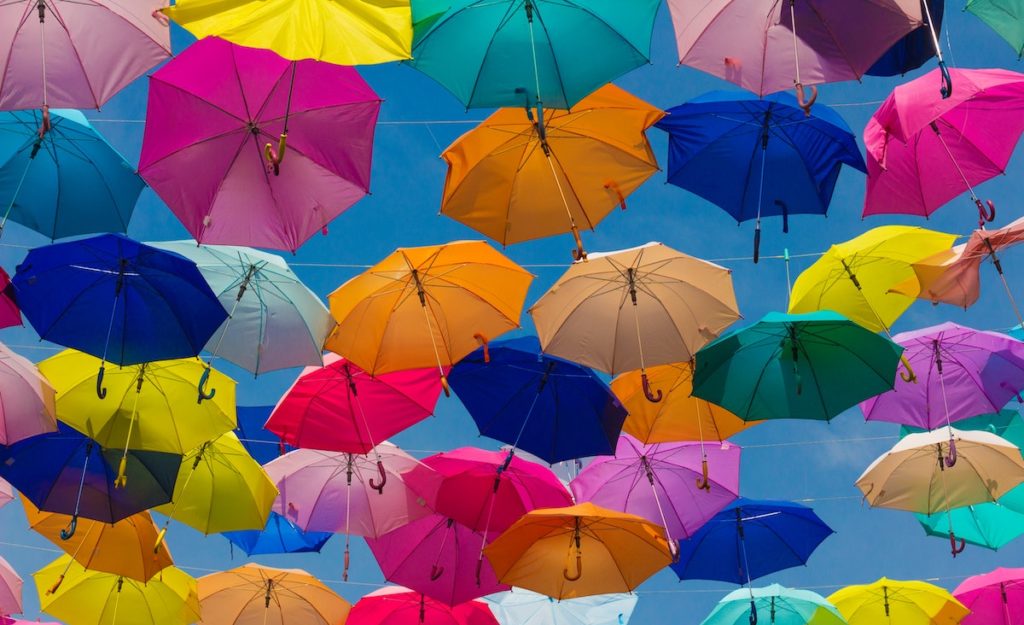Apply For A Loan Today
Tell us some basic details about your project below and let us work on structuring the best loan for you. We value your time and will reach back out to you shortly!
Hard money loans in Texas

[Updated 2021]
If you’re looking into a mortgage or hard money loan for a home, investment property, or construction project, you’ve heard lenders say they require “hazard insurance” to approve a loan application.
But your insurance agent only mentions “homeowners” insurance. Are they the same thing? If so, why two different terms? If not … what’s the difference?
Hazard insurance is the portion of a homeowners insurance policy that covers costs related to destruction of the structure of your home, as a result of certain hazards or “perils.” The goal of hazard insurance is to protect the property in the event of damage from nature or other forces.
On average, 98% of home insurance claims are for property damage to the home. So hazard insurance is designed to make sure that the lender’s investment is protected at all times.
The term “hazard insurance” is sometimes used interchangeably with “catastrophe insurance,” but they are not technically the same. They both deal with insuring against natural disasters, but catastrophe insurance is separate from a homeowners insurance plan and covers different types of conditions.
Yes and no. Hazard insurance is one portion of a homeowners insurance policy, but a complete homeowners insurance plan will cover more than just structural damage caused by natural disasters—like personal property and other structures. If you have a homeowners policy, you have hazard insurance.
This confusion likely comes from lenders’ habit of talking about hazard insurance. Most small, private lenders will take the time to explain that hazard insurance is one part of a standard homeowners policy. Larger, traditional institutions, however, often just include the line item on a list of requirements. While hazard insurance is, technically, distinct from homeowners insurance, this practice can make it seem like a separate, free-standing policy, which it is not.

Most hazard insurance covers property damage in the event of:
It’s important to note that hazard insurance does not automatically cover damage caused by any natural disaster. The list on your policy is exclusive.
Most hazard insurance, for instance, does not cover flood damage. In areas that are prone to certain natural disasters—like earthquakes in California, or hurricanes in Florida—those hazards might be excluded from local hazard insurance plans.
Lenders don’t often require those additional catastrophe, flood, or other natural disaster coverages for the purpose of a mortgage loan, but the homeowner should be aware in case they want to purchase additional coverage.
Hazard insurance—even homeowners insurance—is not legally required to own a home. If you’re paying for a house out-of-pocket and aren’t worried about the cost of repairs in case of bad weather, you can skip insurance at your discretion.
Most people don’t have those kinds of resources on-hand, however, and need to take out a mortgage to pay for a home. The requirement for hazard insurance comes from the lender. They can’t force you into a homeowners insurance policy, but they can deny your application for a loan.
Remember, hazard insurance is one part of a homeowners insurance policy, and generally cannot be purchased separately. Talking about the cost of hazard insurance is really a conversation about the cost of homeowners insurance.
The insurance company calculates the cost, called a premium, of replacing the structure in the event of damage, or if it’s destroyed. That becomes the annual hazard insurance premium that the homeowner needs to pay.
There are several factors that affect how much a homeowners insurance policy will cost:
If your lender is talking about “hazard insurance” and your insurance agent is talking about “homeowners insurance,” don’t worry. Yes, they are technically two different coverages, but homeowners insurance includes hazard insurance. Once you’ve got a good homeowners insurance policy, you can tell your lender that, yes, you have hazard insurance.
At Loan Ranger Capital, hazard insurance is one of a relatively few requirements to qualify for our hard money loans all across the State of Texas. If you’re looking for competitive rates and the very best customer service for a fix-and-flip or construction loan in Austin, Houston, Dallas, or anywhere else in Lone Star country, get in touch today.
Tell us some basic details about your project below and let us work on structuring the best loan for you. We value your time and will reach back out to you shortly!